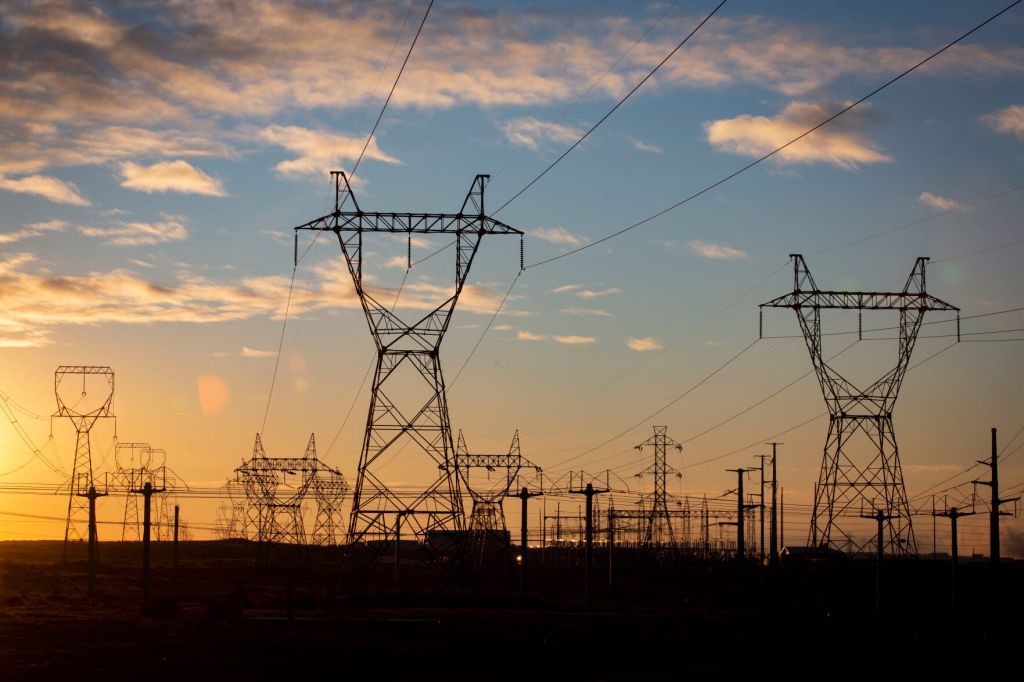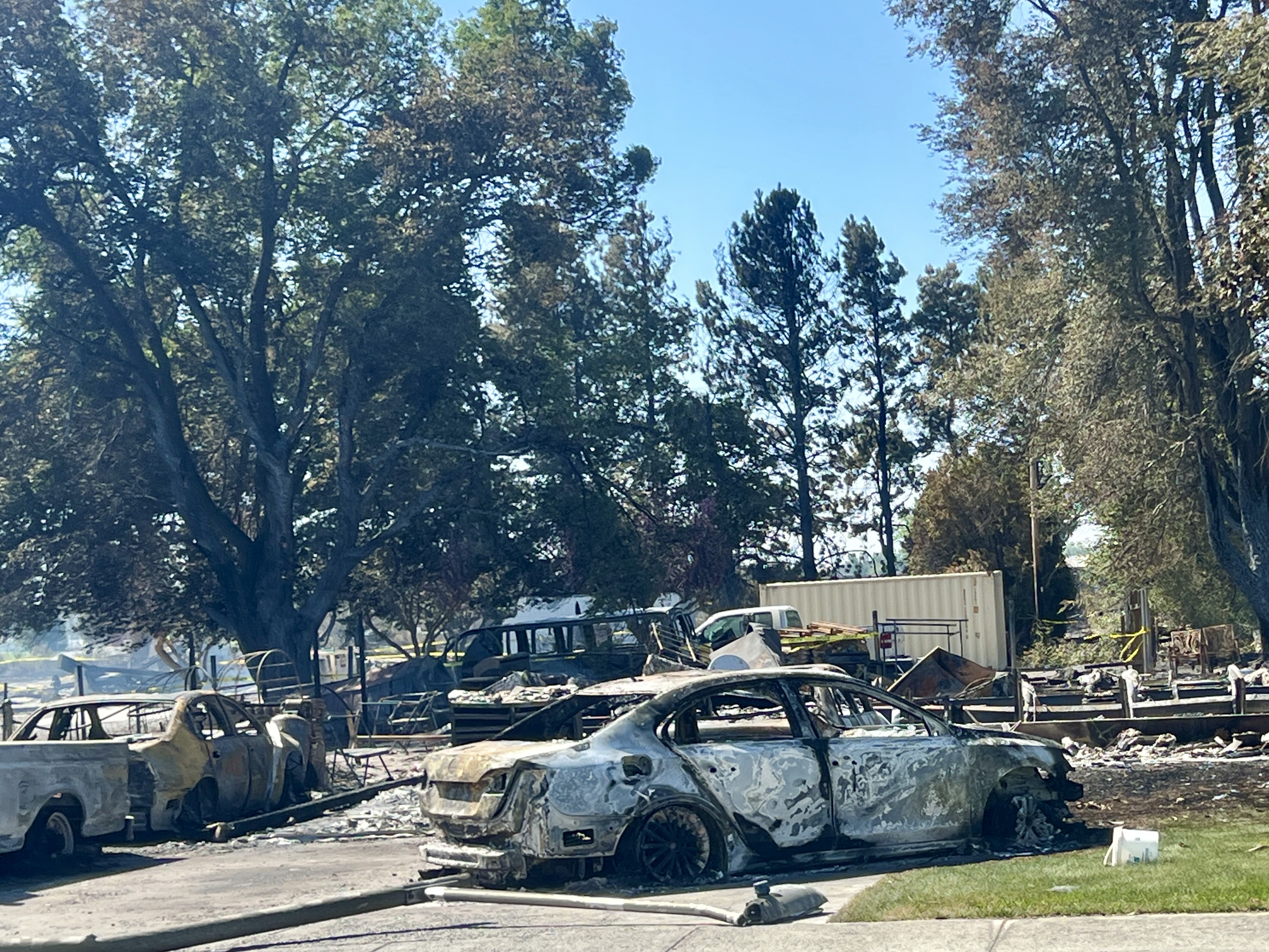Stop B2H Coalition to file appeal EFSC decision to Oregon’s Supreme Court
Published 3:00 pm Saturday, October 22, 2022

- The setting sun silhouettes transmission lines in Boardman Feb. 3, 2022, near the possible future starting point for the proposed 290-mile Boardman to Hemingway transmission line.
The Stop B2H Coalition is taking its case against the proposed Boardman to Hemingway transmission line to the Oregon Supreme Court.
Trending
The coalition intends to appeal a decision last month by Oregon’s Energy Facility Siting Council to approve a site certificate for the project. The permit authorizes construction of the 290-mile, 500-kilovolt line across five Eastern Oregon counties, including Union County. Federal agencies have already granted permission for the line to cross land they manage.
“We have not given up,” said Jim Kreider, co-chair of the Stop B2H Coalition, along with Irene Gilbert.
Sven Berg, a communications specialist with Idaho Power, a major supporter of the B2H project, said he feels good about Idaho Power’s position with regard to the appeal.
Trending
“That is their right under Oregon law but we are confident in the case we have built and laid out before the Energy Facility Siting Council,” he said. “We look forward to the resolution of this issue and beginning the construction of this project.”
Berg said Idaho Power has started design work, geo technical and survey work and has been working with property owners to get easements for land it needs along the project route. He said Idaho Power hopes to start construction of the B2H transmission line in the second half of 2023.
Kreider said the Stop B2H Coalition will file its appeal in early December. Its deadline for filing the appeal is Sunday, Dec. 4.
Grounds upon which Stop B2H may file appeals include the decibel level of the noise created by the towers’ transmission lines. Kreider said the noise level of B2H’s power line would exceed state noise standards.
An appeal may also be filed regarding the scenic values B2H power lines would impact at the National Historic Oregon Trail Interpretive Center, 5 miles east of Baker City and Morgan Lake, Kreider said.
Stop B2H members have been meeting with their coalition’s attorneys to determine which issues it will base its appeal on. Recommendations will be presented by Stop B2H members for legal analysis.
“They will do a deep legal dive into the issues,” Kreider said.
He said members of Stop B2H are feeling more optimistic because of the success they are having raising the money needed to bring their case to the Supreme Court. The largest donation has been a $40,000 grant from the Oregon Historic Trails Fund of the Oregon Community Foundation “to educate and mobilize communities in five rural eastern Oregon counties to promote, advocate, and litigate for the protection and preservation of the Oregon Trail,” according to the grant application Stop B2H submitted to the Oregon Community Foundation.
Lois Barry, a member of the Stop B2H Coalition, said in a press release about the grant the B2H transmission line as planned, would cross remnants of the Oregon Trail in Eastern Oregon 17 times and “severely impact the experience of walking the pristine parts of the trail near the National Historic Oregon Trail Interpretive Center near Baker City.”
Towers along the B2H line would be as high as 180 feet. In comparison, standard towers are 75-90 feet tall. Plans call for the towers near the National Historic Oregon Trail Interpretive Center, Kreider said, to be 130 feet tall.
The Oregon Supreme Court will be required to make a decision on the B2H appeal within six months of when it is filed, Kreider said.








